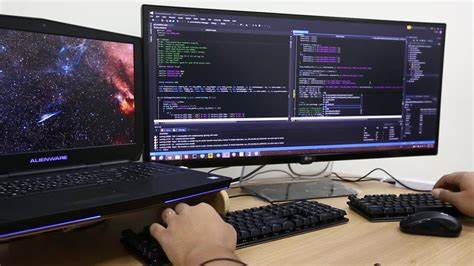Top 20 Computer Science Engineer Fresher Interview Questions
Table of Contents
Top 20 Computer Science Engineer Fresher Interview Questions
Tell me about yourself?
Example – “Start with your name, educational background, and any relevant internships or projects you’ve worked on during your studies. Mention your passion for computer science and your eagerness to contribute to the field.”
What programming languages are you proficient in?
Example – “List the programming languages you are comfortable with, such as Java, Python, C++, etc. Mention any specific projects where you applied these languages.”
Explain the difference between C and C++ programming languages?
Example – “C is a procedural language, while C++ is an extension of C with added features like classes and object-oriented programming. C++ supports encapsulation, inheritance, and polymorphism.”
What is object-oriented programming (OOP)?
Example – “OOP is a programming paradigm based on objects that combine data and functions. It promotes concepts like encapsulation, inheritance, and polymorphism, making code modular and reusable.”
What is a data structure? Can you name a few types?
Example – “A data structure is a way of organizing and storing data to perform operations efficiently. Trees, stacks, queues, linked lists, and arrays are examples of common data structures.”
How are processes and threads different from one another?
Example – “Arrays store elements in contiguous memory locations, while linked lists use nodes with references to the next element. Linked lists allow dynamic resizing and efficient insertions/deletions.”
What distinguishes a process from a thread?
Example – “A process is an independent program with its own memory space, while a thread is a lightweight process within a process. Threads share memory, making them more efficient for parallel tasks.”
What is the purpose of an operating system?
Example – “An operating system manages hardware resources, provides a user interface, and allows applications to run. It ensures smooth execution of processes and efficient resource allocation.”
Explain the concept of virtual memory?
Example – “Virtual memory is a memory management technique that uses a combination of RAM and disk space to create the illusion of larger memory than physically available. It allows running larger programs and multitasking.”
What is a database, and what types of databases are commonly used?
Example – “A database is a structured collection of data. Common types include relational databases (e.g., MySQL, PostgreSQL), NoSQL databases (e.g., MongoDB, Redis), and graph databases (e.g., Neo4j).”
What is SQL, and how is it used in databases?
Example – “SQL (Structured Query Language) is used to communicate with relational databases. It allows you to perform tasks like data retrieval, insertion, updating, and deletion.”
Explain the difference between HTTP and HTTPS?
Example – “HTTP (Hypertext Transfer Protocol) is unencrypted, while HTTPS (HTTP Secure) uses SSL/TLS encryption to secure data transmission, making it safer for sensitive information.”
What is a RESTful API and how does it operate?
Example – “REST (Representational State Transfer) is an architectural design method used to create networked applications. RESTful APIs use HTTP requests (GET, POST, PUT, DELETE) to interact with resources, typically returning data in JSON or XML format.”
Why is version control important? What is version control?
Example – “Version control is a system that tracks changes in code over time. It helps developers collaborate, maintain code history, and easily revert to previous versions if issues arise. A well-known version control system is called Git.”
Explain the concept of cloud computing?
Example – “Answer: Cloud computing is the delivery of computing services (e.g., servers, storage, databases, networking) over the internet. It offers scalability, flexibility, and cost-efficiency, reducing the need for on-premises infrastructure.”
How do front-end and back-end development differ from one another?
Example – “Front-end development deals with the user interface and user experience (UI/UX), while back-end development focuses on server-side logic, databases, and application functionality.”
Have you worked on any projects or coursework related to cybersecurity?
Example – “Mention any relevant coursework or projects where you learned about cybersecurity principles, such as encryption, authentication, and security best practices.”
How do you stay updated with the latest technology trends in the field of computer science?
Example – “Share your methods for staying informed, such as following tech blogs, participating in online forums, attending conferences, and taking online courses.”
Can you explain the concept of algorithm complexity (Big O notation)?
Example – “Big O notation is used to analyze the efficiency of algorithms in terms of time and space complexity. It helps assess how algorithms perform as input size increases.”
Do you have any experience working in a team or collaborating on group projects?
Example – “Describe your teamwork experience, highlighting any group projects or extracurricular activities where you collaborated with others to achieve common goals. Emphasize your communication and problem-solving skills.”




